Native Plants at the Huntington Beach Wetlands Conservancy
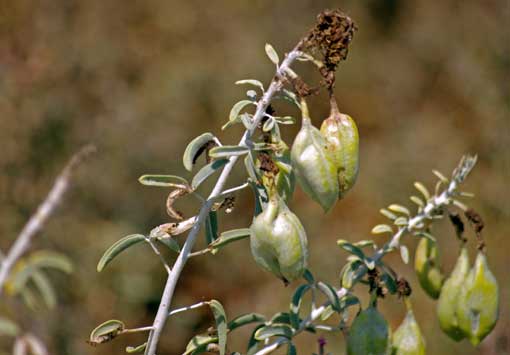
Bladderpod
A shrub with distinct, plump fruit. The fruit don’t open until late and are conspicuous in the autumn. Can be found in the desert as well as on coastal bluffs and everywhere in between.
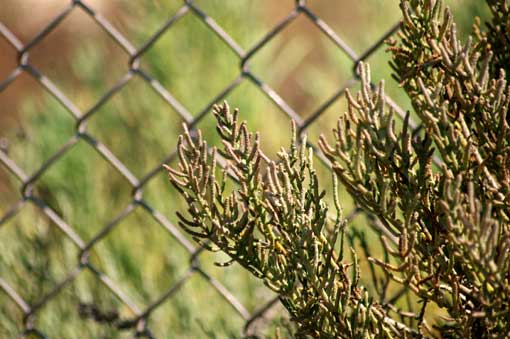
Pickleweed
Dominates the mid to lower salt marsh but will grow in most places. It is thought to be able to store excess salt in the top “pickles” which turn red and drop off in the fall. Preferred nesting habitat for Belding’s Savannah Sparrow.
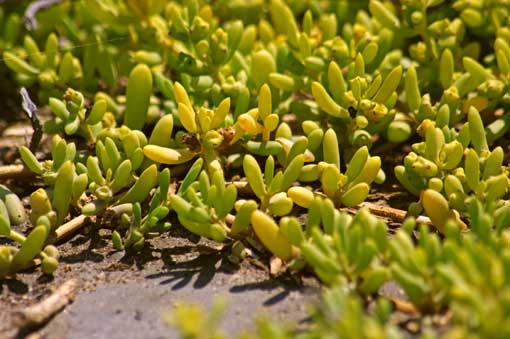
Saltwort
A runner, it can be found in the lower salt marsh including mud flats. Its low, bright-green appearance gives the marsh a golf-course- like appearance. Leaves are swollen, fleshy, and club-shaped.
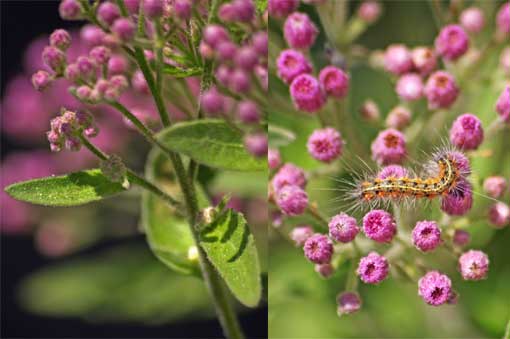
Salt Marsh Fleabane
Found along the coast, thriving in saline and alkaline soils. Flowers can be used as an insect repellent. It is consumed as medicinal tea in some parts of the world to reduce cramps and other ailments.
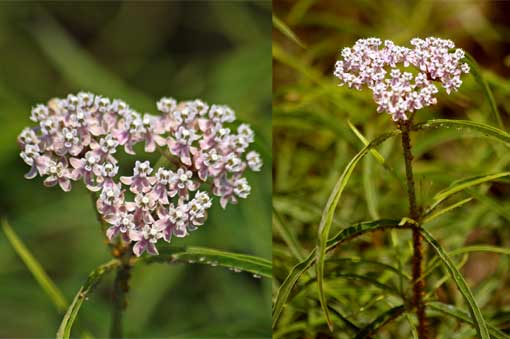
Narrow-leaf Milkweed
Found in transitional zones including sage scrub habitats. Prefers full sunlight and is drought tolerant. The Monarch butterfly (Danaus plexippus) uses A. fascicularis as food and habitat.
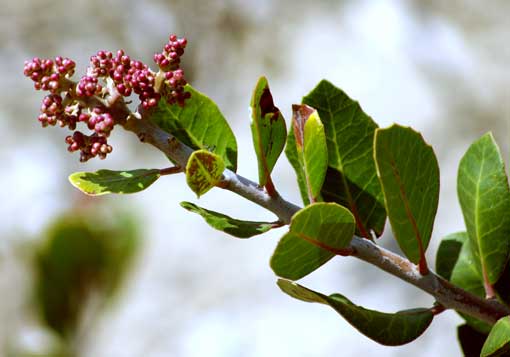
Lemonade Berry
It can grow up to 26 ft. tall but has a sprawling form. Prefers full sunlight and is drought tolerant. It provides shelter and food for many animal species, such as birds, and smaller mammals.
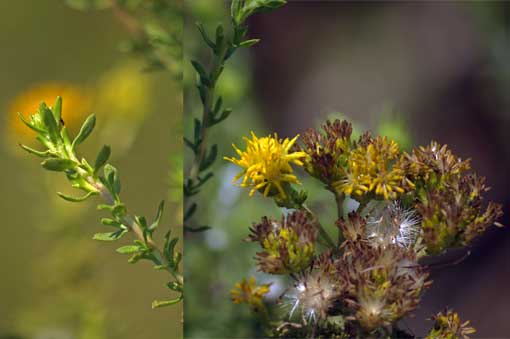
Goldenbush
This shrub can get quite large have have a sprawling shape. Prefers full sunlight and is drought tolerant. It provides shelter and food for many animal species, such as birds, butterflies and smaller mammals.
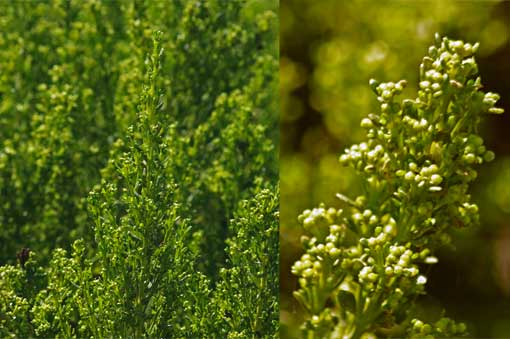
Coyote Bush
Found in transition zones in the coastal sage scrub and upland habitats. Prefers full to partial sunlight. It provides shelter and food for many animal species. The flowers are yellow but distinct from the sunflower in size and shape.
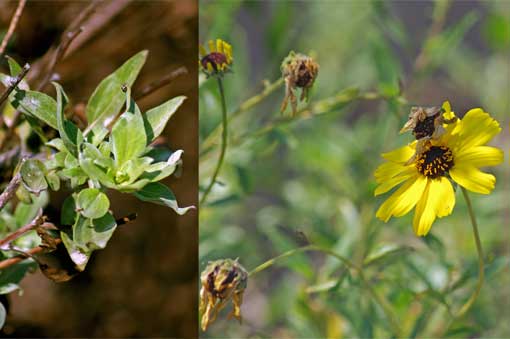
California Brittle Bush, aka Coastal Sunflower
Prefers full sunlight and is drought tolerant. It provides shelter and food for many animal species and is very attractive to insects such as bees and butterflies. The flowers are medium to large yellow daisies with a darker center.
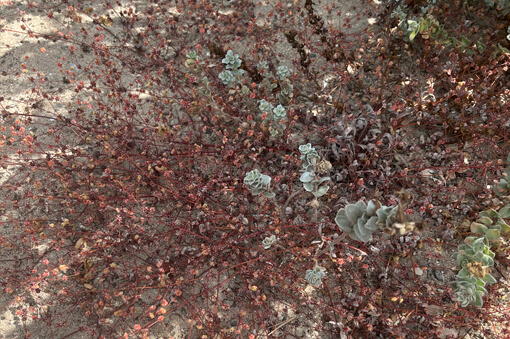
Coast Woolly Head
Information coming soon…
Plant photos: Faatimah M.
